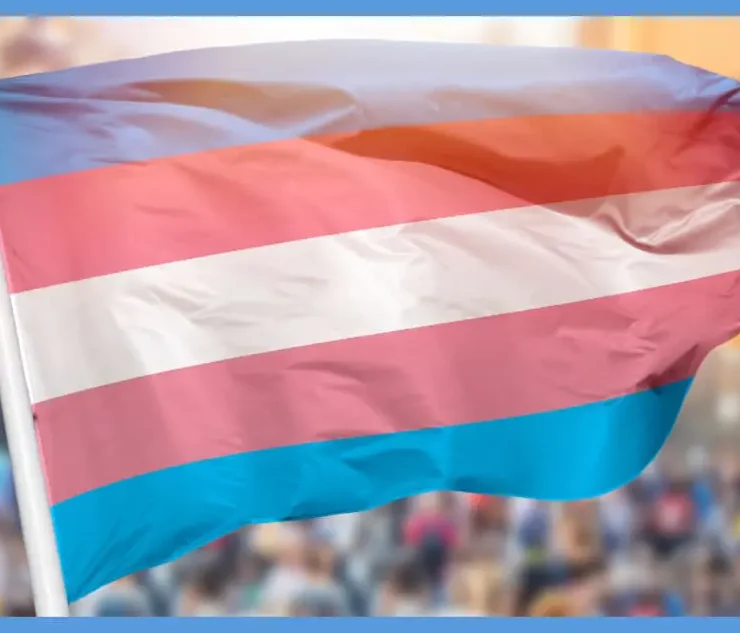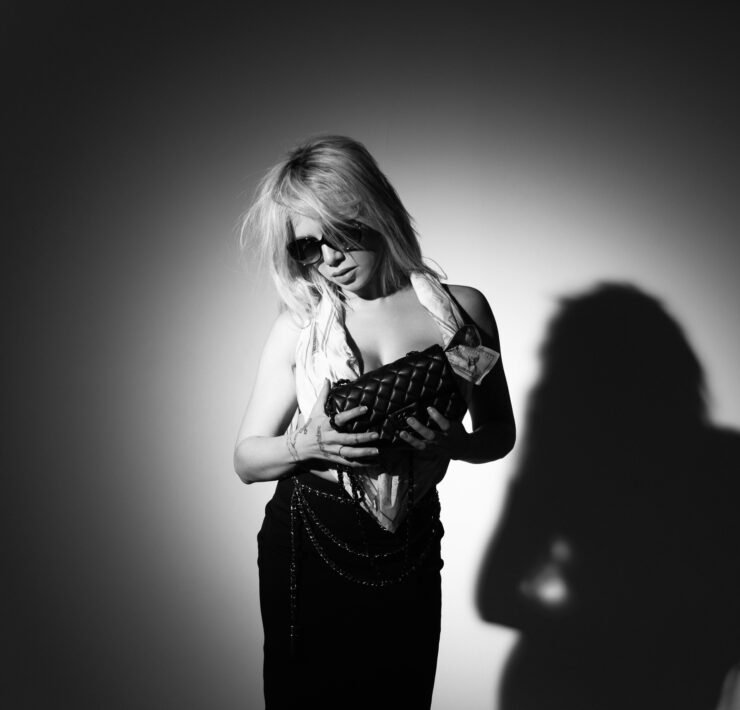OFM Mods: Normalizing Body Modification as Self-Expression for Any and All People

Keegan (they/them) is a journalist/artist based in Los Angeles.
As I walk around my neighborhood in a tank top, my tattoo-covered hands, arms, and chest beaming out for all to see, what I often notice (and, frankly, relish in) is that visible body modification has become increasingly normalized and common across American society.
I get more stares or passing comments when I wear a skirt or crop top than if my tattoos are out for all to see.
I got my first tattoo 10 years ago. By that time, both of my parents, who were in their 50s, had already gotten their first tattoos, just a few years shy of me. They were always fairly open-minded when I was growing up, though it wasn’t until my sister turned 18 and started getting tattoos when I saw their interest in getting inked themselves, the excitement as they workshopped ideas and special stories they could potentially turn into a tattoo for themselves.
It’s easy to forget how taboo body modification really was in this country until the late 20th century. Acceptable, visible body piercings were limited to ears, and men generally weren’t part of that conversation at all. Tattoos were regularly associated with crime and delinquent activity.
Sometimes I’m hard-pressed walking around the grocery store to see a person without visible piercings or tattoos. I follow piercers, tattoo artists, and other body modification professionals on social media and see the huge variance in their customers.
And this is reflected in the data.
According to an Ipsos poll from 2019, three in 10 (30 percent) of Americans have at least one tattoo, compared to 21 percent in 2012. The vast majority (92 percent) with at least one tattoo said they are happy with it. Additionally, 16 percent of those 55 and older said they had at least one tattoo. While this might seem like a small number, I think of my parents and so many folks in that generation who lived nearly their entire lives with the message that body modification was negative, a job-killer, a delinquent act.
These folks are now out doing it themselves, which I find incredible.
While I usually approach this column from a queer lens, it was time to state the obvious: body modification is for everyone. Seeing the unique ways each person approaches it in regard to their body, and how the practice is surely not limited to any one “type” of person, helps to usher it into our everyday lives, to kill the stigma that a modified body is somehow less employable or more taboo than any other. I surely can get behind that.
When I got my first tattoo, and my first piercings, I’ll admit, it was to stand out, to give myself a bit of an edge. Shedding the skin of my previous emo and scene phases and heavily dabbling in “alternative” culture and piercings through my teens, it eventually became part of myself.
I think of keeping up with old high school classmates and spotting their “new tattoo!” post on Instagram. I recall the “type of person” they were or the cliques they were part of, realizing these two ideas truly don’t have any correlation, when I might have thought they did before.
As I shuffle through the double-digit amount of piercings I’ve since retired, the handful I’ve kept, and evaluate the reasons behind some of my tattoos over the past several years, I see that I’ve naturally just narrowed down the body modifications that help me feel like myself.
It’s more likely today, in my experience, that I will stop an older person in their tracks with my ink only to receive a compliment, not a statement of shame or disapproval.
I’ve stepped into shops and witnessed seniors getting their nostrils or lips pierced. I’ve had an abundance of friends slap something from Star Wars or Pokémon on their bodies as a way of connecting with a dear fandom and memories from their childhoods. I talk to people with similar experiences as my own, referencing tattooing as a crucial tool for body affirmation and esteem.
Most people I’ve chatted with about tattoos have heard me reference a Miami Ink syndrome of sorts. The 2000s saw a huge boom in visibility in tattooing, and the different types of people seeking tattoos, from TV. Each tattoo often had a HEAVY emphasis on meaning, on the “story behind the tattoo,” which I find echoes regularly in the question, “What does your tattoo mean?”
This type of media surely helped to normalize tattooing, a display to the masses that mirrors the essence of my message in this column: body modification doesn’t discriminate and is for everyone.
It’s my hope that we begin to move away from these blanket assumptions, that all people approach body modification for the same reasons, that all people with tattoos and piercings are part of some alternative group, and start to see the immense diversity in people with body modifications and their personal, spiritual, and/or cultural motives in adorning them.
The “meaning” generally boils down to, just like clothing, jewelry, hair styles—body modifications help people to better be themselves; the rest of the story is just details.
Art by Keegan Williams
What's Your Reaction?
Keegan (they/them) is a journalist/artist based in Los Angeles.










